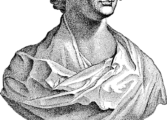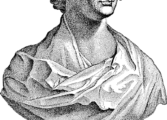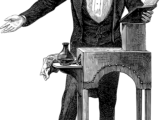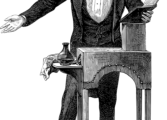George Orwells Animal Farm is a timeless piece of literature that continues to captivate readers with its powerful allegorical depiction of a utopian society gone wrong
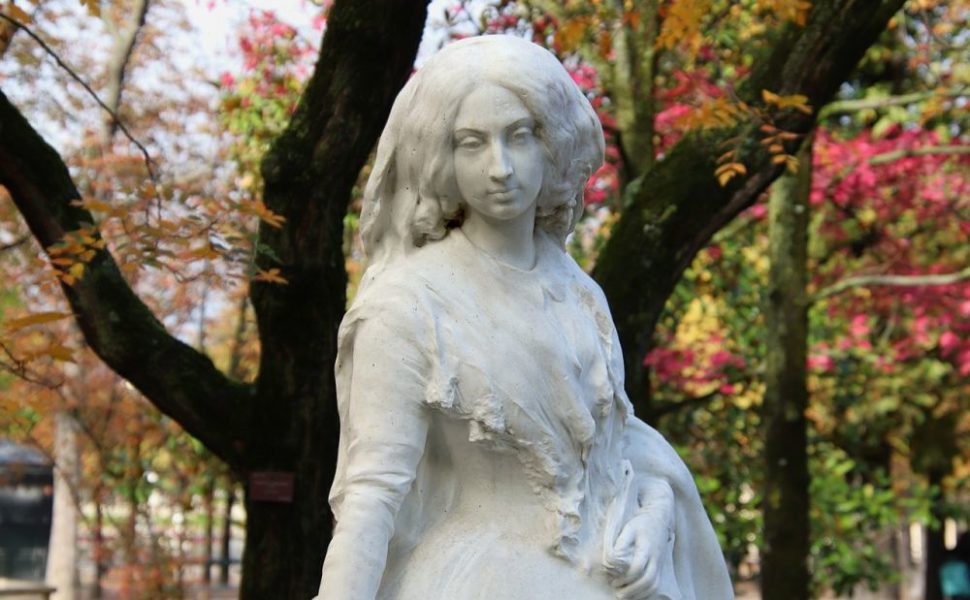
Written during the tumultuous period of the Soviet Union and the rise of communism, Orwell’s novella serves as a cautionary tale and a scathing critique of totalitarianism. In this article, we will delve into the important aspects of “Animal Farm” and its significance for those interested in this topic.
Introduction to “Animal Farm”:
“Animal Farm” is a satirical novella published in 1945 by the English author George Orwell. Set on a farm, the story revolves around a group of animals who overthrow their human farmer in a bid for a better life. However, as time progresses, power corrupts the animal leaders, and tyranny replaces the initial ideals. Orwell cleverly uses anthropomorphic animals to represent historical figures and societal structures, making the story accessible to readers across generations.
Historical Evolution of “Animal Farm”:

Since its publication, “Animal Farm” has undergone various interpretations and adaptations that have contributed to its enduring legacy. Initially, the book faced some controversy as it was seen as an attack on Soviet Russia and communism. However, as time went on, it gained recognition for its timeless portrayal of the dangers of totalitarianism.
– Stage adaptation: In 1984, a successful stage adaptation of “Animal Farm” was created by Peter Hall. It brought Orwell’s animals to life, captivating audiences with its stark portrayal of political corruption.
– Film adaptations: “Animal Farm” has also seen several film adaptations over the years. The most notable is the 1954 animated film produced by the British film production company Halas and Batchelor. This adaptation brought Orwell’s story to a wider audience and increased its impact.
The Significance of “Animal Farm” for Art Enthusiasts and Collectors:
For art enthusiasts and collectors, “Animal Farm” holds significant value both as a literary work and as a source of inspiration for visual artists. Orwell’s ability to convey complex political ideas through engaging storytelling makes “Animal Farm” a rich source for artistic interpretations across various mediums.
– Visual representations: Visual artists have been drawn to “Animal Farm” due to its strong allegorical nature. Illustrators and painters have expressed the book’s themes through their artwork, capturing the essence of the animals’ revolution and subsequent corruption.
– Sculptures and installations: The three-dimensional form has also been adopted by artists to depict Orwell’s animals. Sculptures and installations inspired by “Animal Farm” have provided viewers with a tangible and immersive experience, allowing them to connect with the story in a more profound way.
Through these artistic interpretations, “Animal Farm” continues to resonate with individuals who appreciate the power of visual storytelling. It serves as a reminder of the dangers of unchecked power and the importance of remaining vigilant against tyranny.
In conclusion, George Orwell’s “Animal Farm” remains an influential and thought-provoking piece of literature that has not only stood the test of time but has also inspired various artistic adaptations. Its cautionary tale of a society’s descent into tyranny serves as a reminder for all generations to question authority and protect their freedom. Whether it is through reading the novella, watching a film adaptation, or witnessing visual art inspired by “Animal Farm,” audiences can engage with profound themes that continue to shape our understanding of politics and power dynamics in the world today.
[Featured snippet bullet points]:
– George Orwell’s “Animal Farm” is a satirical novella published in 1945.
– The book critiques totalitarianism through an allegorical depiction of a utopian society gone wrong.
– “Animal Farm” has undergone various adaptations and interpretations over the years.
– The novella has been adapted for the stage, with Peter Hall’s 1984 adaptation being particularly notable.
– The story has also been adapted into film, including a 1954 animated version.
– “Animal Farm” holds significance for art enthusiasts and collectors as a source of visual inspiration.
– Visual artists have created illustrations, paintings, sculptures, and installations inspired by the novella.
– Artistic interpretations of “Animal Farm” allow viewers to engage with its themes in a tangible and immersive way.
– The enduring legacy of “Animal Farm” serves as a reminder of the dangers of unchecked power and the importance of remaining vigilant against tyranny.









